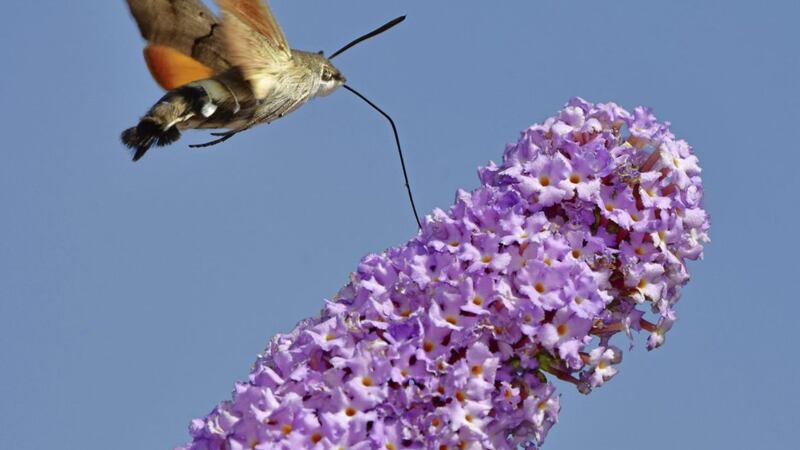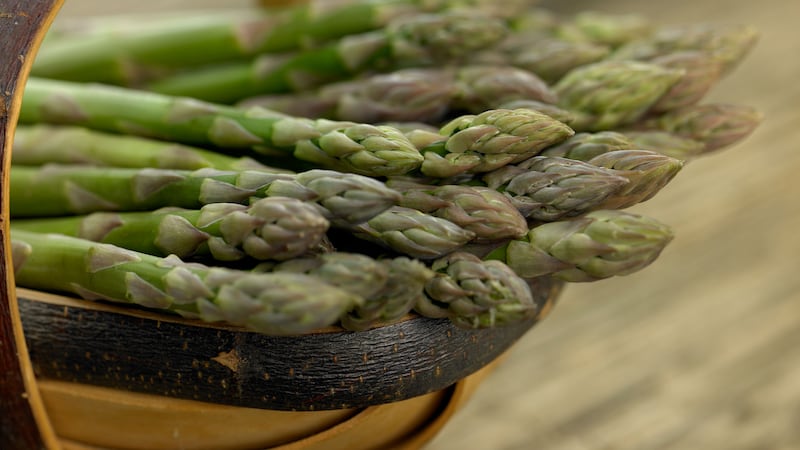WE ALL take plants for granted – even us gardeners. Your particular take on the world’s flora depends on where you are, what you’re doing at a particular time, and how you plan to interact with them. Plants can be many things to us, whether it’s the subject of sensory pleasure, a source of food, or the raw material for a fabric. However, we tend to overlook their fundamental role in our evolution and survival – remember without plants, we wouldn’t be here.
They are, as it says in the foreword of How Plants Work, a new book edited by esteemed botanist Dr Stephen Blackmore, “the foundation of human existence”.
Published by Ivy Press, the hefty book’s six hand-picked contributors explore the diversity and endurance of the plant kingdom. With generous illustrations and through easily digested prose, they together examine how over 500 million years plants have evolved from primitive algae and lichen to sophisticated, towering structures that can live for centuries.
Plants appear deceptively simple and are constructed from a handful of familiar organs, such as roots, stems, leaves, and flowers or cones. Yet each of these components varies greatly from one species to the next, ingeniously adapting over millennia to thrive in the environment they find themselves in.
Making up 80 per cent of the Earth’s living biomass, the basis of plants’ existence is photosynthesis, the process whereby the sun’s energy is turned into carbohydrates and oxygen, the building blocks of animal life. Look at grass, a tree, or even moss and ostensibly they are doing nothing, yet all the time they are fuelling their own growth and creating the optimum conditions for reproduction.
Below ground, the roots are involved in a series of interactions with the soil and rock. Not only do these subterranean limbs anchor the plant but they have evolved a variety of methods for absorbing nutrients, the book explains, “some partnering fungi to enhance the process, others harnessing bacteria to capture nitrogen from the air to enrich the earth they grow in”.
Above the surface, the architecture and engineering of their living frames ranges from the mundane to the majestic, each expanding in its own individual way to maximise the intake of sunlight, while ensuring the efficient distribution of life-sustaining nourishment.
The book tells how “specialised cells and tissues allow water to be transported to the tips of the highest trees, and sugars to be moved upwards or downwards between the root system”.
Rarely when we think of plants do we think of sex, yet they have an insatiable appetite for it and conduct their reproductive endeavours in a variety of ways – it’s a case of Karma Sutra eat your heart out. We learn how “some have sperm cells, male gametes, that swim freely through films of water, while others deliver deliver sperm to the egg cell in pollen tubes”.
Meanwhile, wind, water and animals – from insects and birds to mammals – are all employed to advance the reproductive process, inadvertently transporting pollen from one plant to another before spreading the gene pool and increasing the species’ survival chances by distributing seeds and fruits.
After delving into the many facets of a plant’s existence, How Plants Work concludes by exploring humankind’s dependence on plants as food and how we have adapted and refined them so they best suit our needs.
It’s a book that successfully marries easy-to-grasp biology with a little social science and is a worthwhile appreciation and insight into what keeps us all alive.
:: How Plants Work: Form Diversity and Survival is published on November 1 by Ivy Press.








